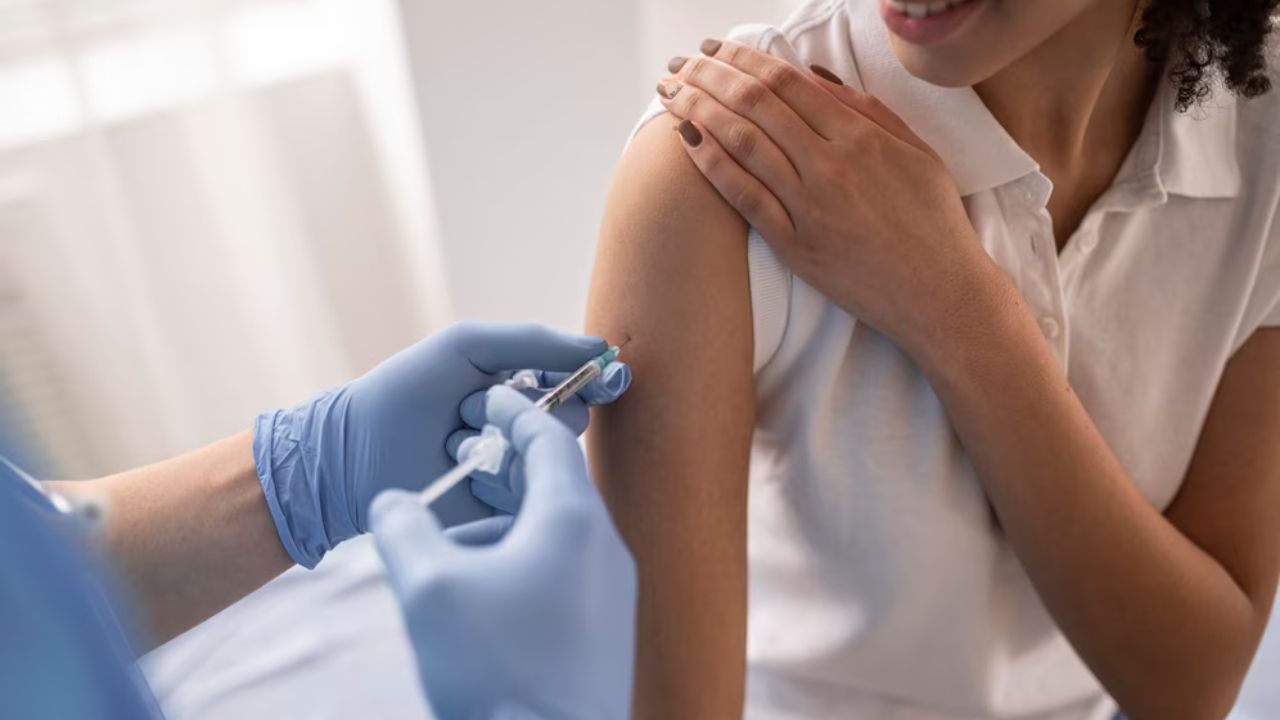The UK Health Security Agency (UKHSA) has warned of an increased risk of measles outbreaks, mostly in London.
Although the possibility of a large epidemic is still considered less elsewhere in the UK, the UKHSA’S projections recommend the capital could see 40,000 to 160,000 cases, with hospitalization rates of 20%-40%.
Researchers are wondering presently why is London facing a potential disaster for 60 years, measles has been preventable by a widely available vaccine.
The answer lies in uncertain vaccine coverage, mostly since the late 1990’s, but aggravated by COVID pandemic.
Measles is a viral infection which causes serious complications and mainly affects children and individuals with weakened immune systems.
From an infected person, the measles virus spreads through respiratory droplets which makes it easily contagious in places such as hospitals, schools and public transport. It is known to be one of the most infectious disease which affects human.
The basic reproduction number, R for measles is predicted to be between 12 and 18. This indicates that one infected child can pass on the disease to 12 to 18 other children in a totally prone population.
The effective reproduction number, Re takes into account the amount of contacts who are not prone, either because they have already had measles or have been vaccinated. The disease will spread if the Re is larger than one.
Almost everyone over five would have had the disease, before the measles vaccines were available. Which for most meant lifelong immunity. But many deaths were caused when there were complications like encephalitis or pneumonia. Presently thousands die from measles globally every year- mostly unvaccinated young children.
Vaccination campaigns have been unusually successful in reducing the number of measles cases. in 1960’s mass vaccination programs started in most developed countries and quickly suppressed the spread. The measles shot is a “sterilizing “vaccine, which not only prevents illness but also transmission.
We don’t need to vaccinate every person against measles for everybody to be protected. By vaccinating a large amount of the population, we can lower the Re below one, effectively “starving” the pathogen of new hosts. The population then reaches “herd immunity”.
Taking in the virus reproduction number and other factors, mathematical modelling helps us to estimate the level of vaccination needed to reach and maintain herd immunity.
Between 90% and 95% of the population should be immune either from vaccination or infection, for measles to be eliminated.
Herd immunity could be lost if we don’t keep vaccinating children who are born susceptible to measles. For effective protection two doses such as mumps and rubella (MMR) vaccine are needed. The first should be taken at one year and the second at age five.
The present levels of MMR coverage in England, mostly in London are well below the 95% threshold.
Over the past year, 1,053 cases of measles were reported in England and Wales. Most of the new disease outbreaks can be controlled by management of contacts and emergency vaccination. But loss of immunity makes the virus escape more likely and could lead to large, uncontrollable outbreaks.








